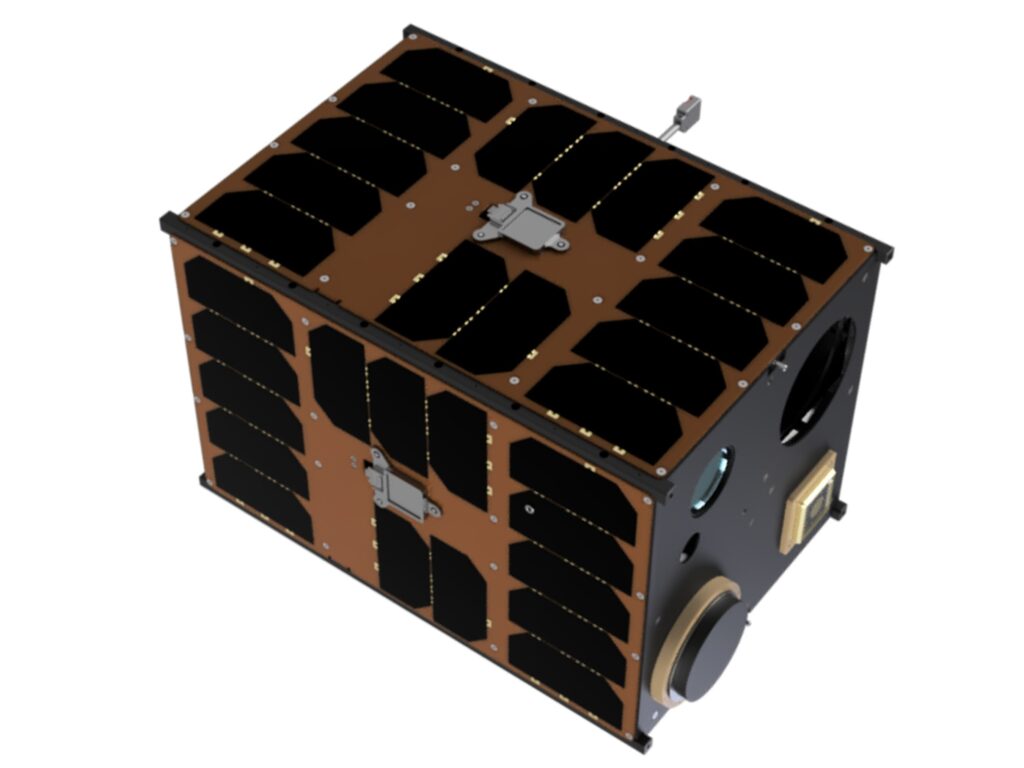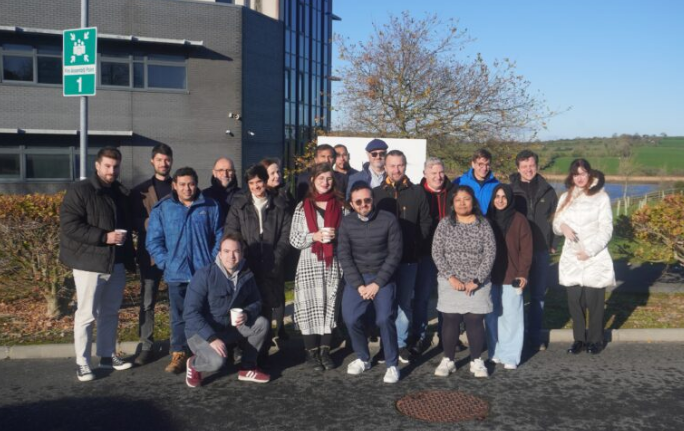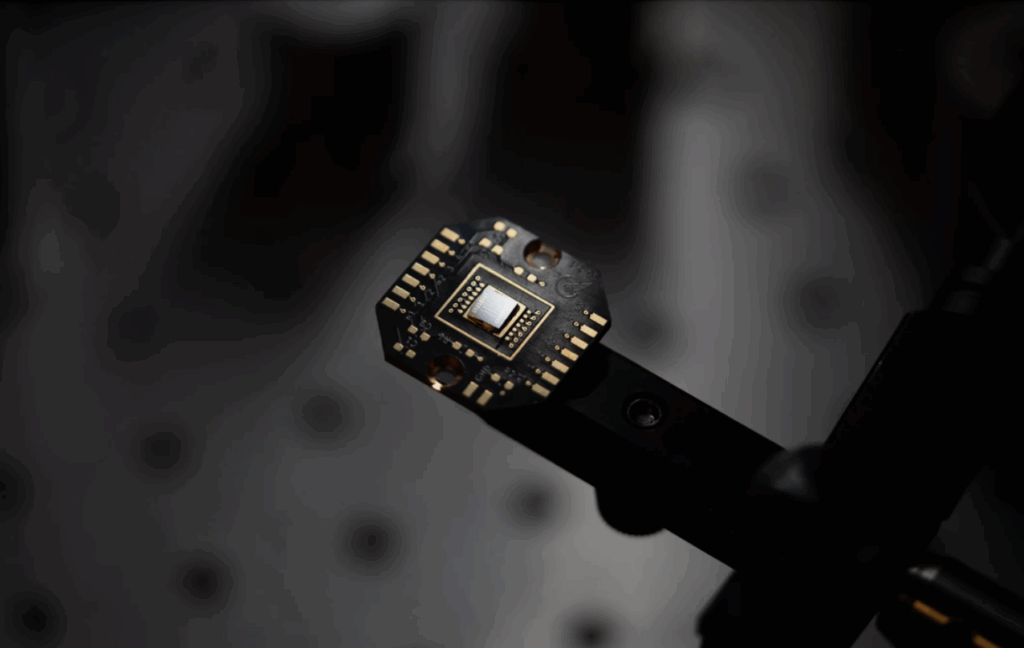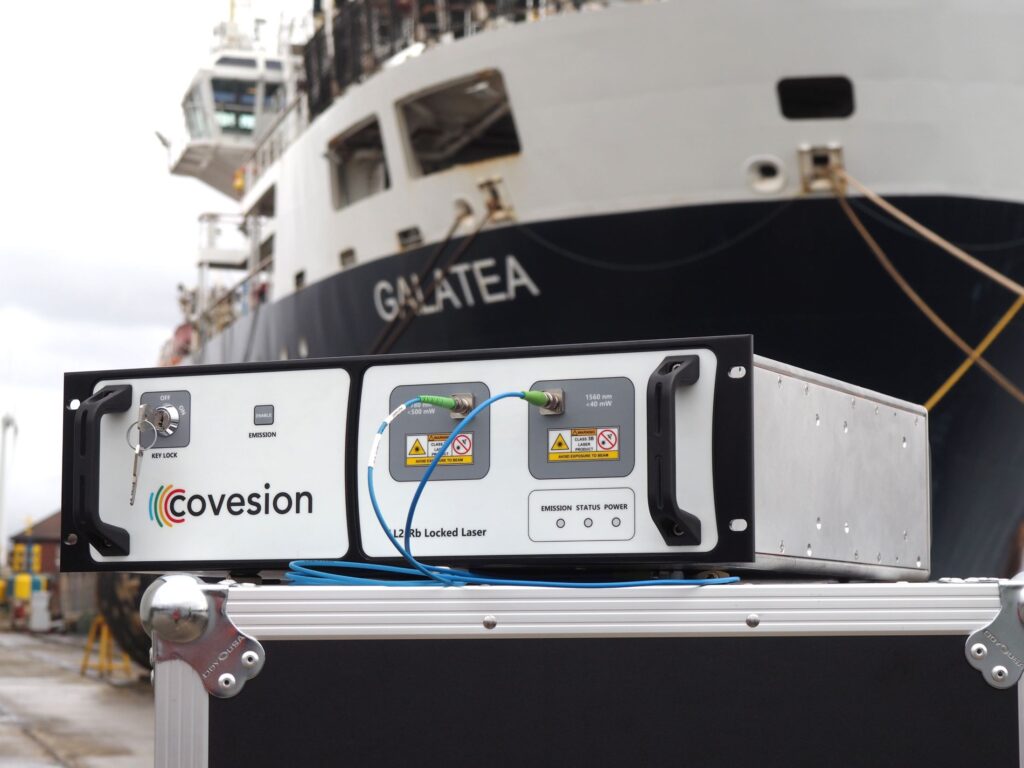Insider Brief:
- A team of international researchers, led by QuTech, created a three-site Kitaev chain using quantum dots in a hybrid InSb/Al nanowire, extending previous two-site designs.
- They observed that adding a third site improved the stability of zero-energy Majorana modes by making them less sensitive to local perturbations.
- The device mimics the Kitaev model by balancing electron hopping and Cooper pair splitting, despite lacking control over superconducting phase differences.
- The results suggest that further scaling could lead to topological protection and millisecond-scale coherence times, advancing the feasibility of Majorana-based qubits.
- Image Credit: Figure 5, Bordin et. al., Nature Nanotechnology, 2025
Majoranas, largely obscure and mostly confined to the pages of condensed matter theory, have have gained renewed visibility following recent announcements from Microsoft. The company’s public investment in Majorana-based quantum computing has reenergized debate over whether topological superconductors—and the elusive zero modes they host—can deliver on the promise of fault-tolerant qubits.
Topological quantum computing is intended to capitalize on the non-Abelian statistics of Majorana zero modes, quasiparticles that can arise at the edges of 1D topological superconductors. When braided, these modes encode quantum information nonlocally, which means in theory, if realized in a physical device, could be used to perform quantum operations that are inherently protected from environmental disturbances. But practical realization has been inhibited by the fragility of experimental platforms and short coherence times.
Additionally, translating these ideas into real-world hardware has proven challenging. One of the simplest blueprints for realizing MZMs is the Kitaev chain: a one-dimensional chain of spinless fermions coupled through both hopping and superconducting pairing interactions. In practice, researchers approximate this chain using quantum dots, which are tiny, controllable regions that trap electrons. A minimal version, with just two dots and a single superconducting segment, was previously shown to host low-energy Majorana-like states. These however, were fragile and susceptible to small fluctuations in gate voltages or coupling strengths.

Now, a team of researchers from QuTech, Quantum Machines, Eindhoven University of Technology, and the University of Oxford have reported the successful realization of a three-site Kitaev chain, using quantum dots embedded in a hybrid nanowire made of indium antimonide and aluminum. As reported in Nature Nanotechnology, by adding just one more site to the chain, the team was able to improve the stability of the system’s zero-energy modes. According to the researchers, this shift from two to three sites not only improves coherence but may also be used to create scalable, more robust quantum dot-based platforms for future topological qubits.
From Minimal Chains to Stability Gains
In earlier work, the QuTech group developed a two-site Kitaev chain made of two quantum dots linked by a superconducting segment. This setup met the minimal theoretical conditions of the Kitaev model: balanced electron hopping between sites and superconducting pairing. Under these conditions, the system exhibited low-energy Majorana-like states. But these modes were highly sensitive to variations in gate voltage or coupling strength—earning the nickname “poor man’s Majoranas” for their lack of protection against decoherence, as noted in a news release accompanying the new study.
In the current work, the team added a third quantum dot to create a three-site chain and compared the stability of zero-energy modes between the two configurations using the same physical device. By tuning the central dot on and off resonance, they could effectively switch between two and three-sites. In the three-site configuration, the zero-bias conductance peaks, which are a signature of Majorana zero modes, were noticeably more stable. Even when one or two of the quantum dots were detuned, the peaks persisted. Full splitting of the zero modes only occurred when all three sites were pushed off-resonance. Even then, the splitting behavior was more gradual and less sensitive than in the two-site version.
This could suggest that increasing the length of the chain suppresses the overlap between the Majorana wavefunctions at the ends, making the system more resilient to perturbations. The improvement in stability is tied to how energy splitting behaves in these systems. While two-site chains exhibit linear splitting with respect to perturbations, three-site chains shift this response to higher orders, requiring stronger or more complex disturbances to destabilize the zero modes.
Building the Chain
To create the device, the team used a hybrid InSb/Al nanowire—where indium antimonide is the semiconducting backbone and aluminum provides the superconducting layer. Quantum dots were defined along the wire using electrostatic gates, allowing the researchers to control the local potential and coupling at each site with high precision. The resulting structure consists of three quantum dots connected via superconducting regions, effectively forming a small, tunable version of the Kitaev chain.
To simulate the necessary physics, two key processes were balanced: elastic co-tunneling, which allows electrons to hop between adjacent dots, and crossed Andreev reflection, where a Cooper pair from the superconductor is split, with one electron entering each neighboring dot. Together, these mechanisms effectively mimic the p-wave superconductivity required for the Kitaev model.
Although the system lacks full control over the superconducting phase differences between segments—a factor that becomes important as chains grow longer—simulations incorporating phase fluctuations still matched the experimental data. This indicates that, at least over the measurement timescales, phase variations average out and do not critically affect the device’s behavior.
Toward Topological Protection
While a three-site Kitaev chain does not yet qualify as a topological superconductor, it may be a solid, intermediate step. The improvement in mode stability already represents a notable improvement in potential coherence time, up to the microsecond scale, as compared to earlier two-site configurations.
Looking ahead, the team suggests that scaling the chain further could continue this trend. Simulations point to chains of five or six sites being sufficient to suppress Majorana mode overlap to the point that qubits could reach coherence times on the order of milliseconds, which would approach the thresholds needed for real-world quantum computation.
As noted in the paper, the qualitative difference between two and three sites exemplifies an important lesson in quantum hardware design: even minimal architectural changes can have outsized effects. If this scaling behavior holds, quantum-dot-based Kitaev chains could move us closer to scalable topological qubits, and all without requiring exotic materials or complex fabrication techniques.
Contributing authors on the study include Alberto Bordin, Chun-Xiao Liu, Tom Dvir, Francesco Zatelli, Sebastiaan L. D. ten Haaf, David van Driel, Guanzhong Wang, Nick van Loo, Yining Zhang, Jan Cornelis Wolff, Thomas Van Caekenberghe, Ghada Badawy, Sasa Gazibegovic, Erik P. A. M. Bakkers, Michael Wimmer, Leo P. Kouwenhoven, and Grzegorz P. Mazur.
















